By Moobusshera Hatim, Senior Physiotherapist, Back2Sports
Do you suffer from stitches in your side when you run? Two simple adjustments can help runners prevent side stitches – change their breathing rhythm to exhale on their left footfall and breathe deeply while running.
Breathing Rhythm
Most runners are footed with their breathing. They begin and end a respiratory cycle on the same foot while running, usually in a stride-to-breathing ratio of 4:1 while jogging and 2:1 while running very fast. As the runner's breathing becomes synchronised with his/her stride, exhalation consistently occurs on the same leg. Larger abdominal organs such as the liver is situated on the right side under the diaphragm. Exhaling moves the diaphragm up while the right foot fall causes the liver to move down, tugging at the diaphragm which is connected to it by some ligaments. This extra strain causes the diaphragm to spasm, creating the sensation of side stitches. Exhaling on the left footfall helps reduce this strain.
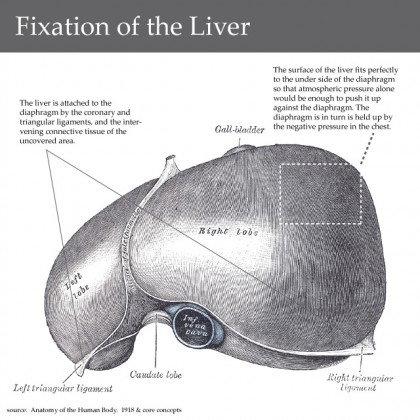
Belly Breathing
The other change is to breathe “deeply”, also known as “belly breathing” while running. This allows the diaphragm to fully lower and reduce the stress on it. Here's an exercise to try. Lie down on the floor, place a hand on your belly and breathe deeply. You are belly breathing correctly if you feel your hand raise slightly. If only your chest moves up, you are not breathing deeply enough.
Diaphragm Spasms
Side stitches are a muscle spasm of the diaphragm. The diaphragm is a dome-shaped muscle that separates the chest cavity from the abdominal cavity. The diaphragm assists in breathing. When we inhale, the diaphragm moves down. When we exhale, the diaphragm moves up. When the diaphragm is overworked and tired, it goes into spasms like any other muscle. Breathing deeply and exhaling on the left footfall both help to relieve the strain on the diaphragm, which prevents side stitches.
Three Additional Tips
- Running downhill exacerbates side stitches since it increases the forces exerted on the entire body with each foot plant. Novice runners should walk down hills until mastering the breathing techniques.
- Don't eat within one hour of running and only eat lightly within three hours of running. Do drink fluids. The stomach drains fluids rather quickly. Dehydration is one of the most common causes of fatigue and should be avoided.
- If you get a stitch while running, try the “pursed-lipped” method (like blowing out the birthday candles). If the stitch continues, it is best to stop running and walk instead, while concentrating on deep breathing. Continue running after the stitch goes away.
Back2Sports – Sports Injury Management is a division of the Core Concepts Group, a leading musculo-skeletal therapy specialist group in Singapore. For more information, visit www.Back2Sports.com.sg.

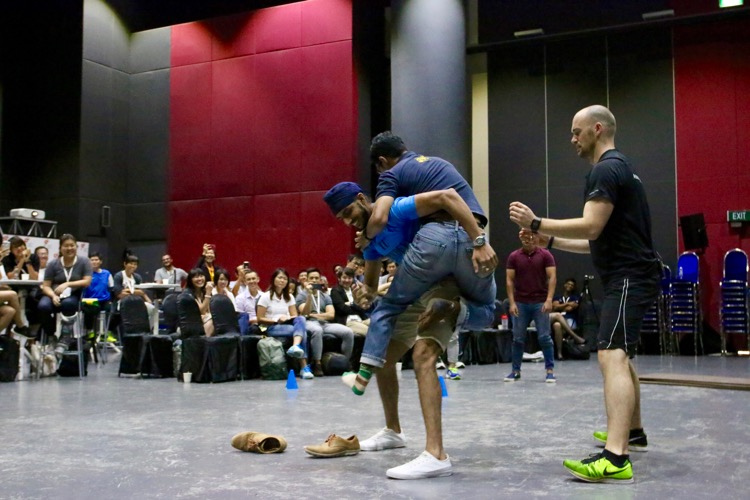


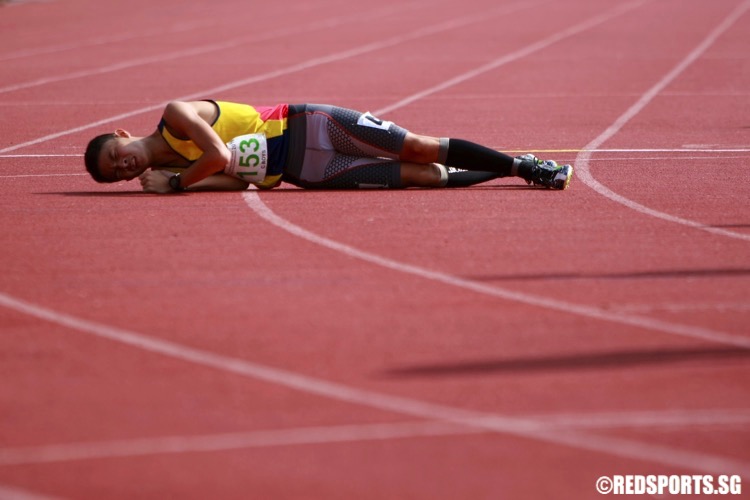
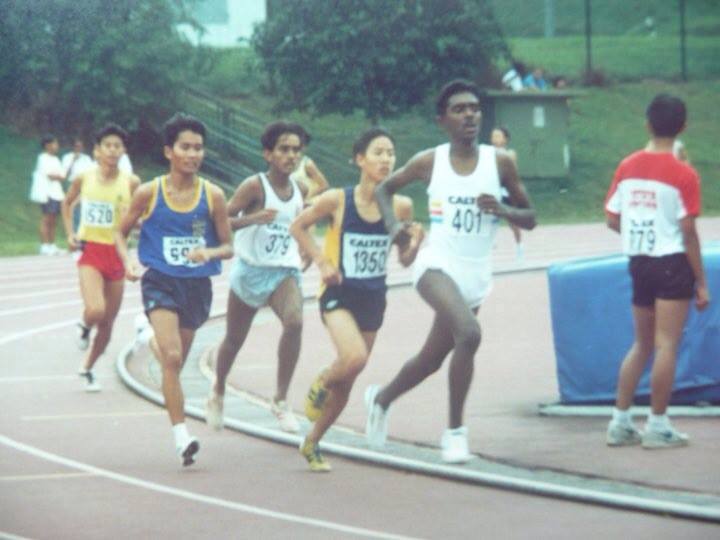
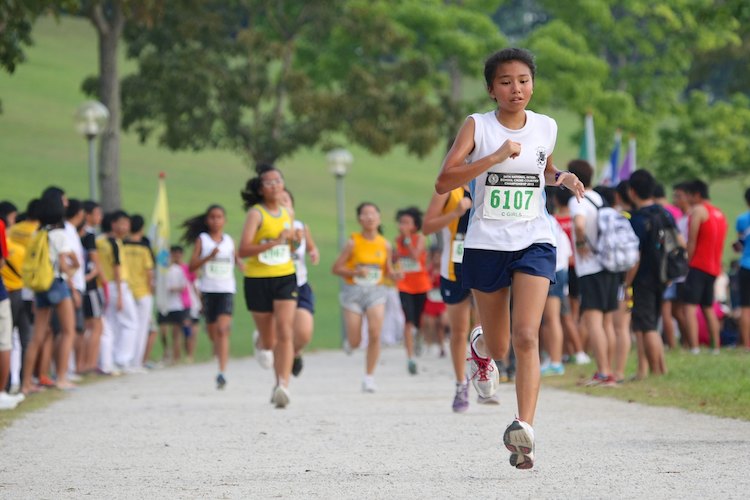
Leave A Comment